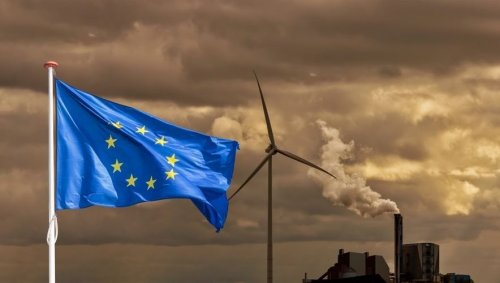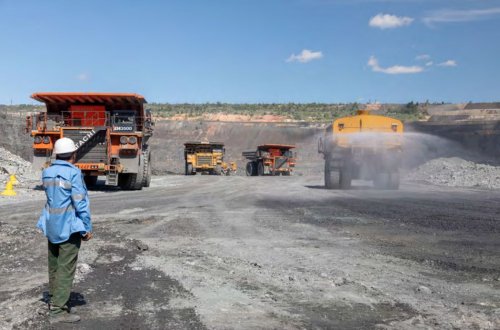On January 1, the State Fund for Decarbonization and Energy Efficient Transformation was launched in Ukraine, with plans to accumulate about $26 million in 2024. While the idea of creating such a Fund is considered a breakthrough in the environmental community, the lack of clear mechanisms at the time of its launch raises legitimate concerns.
EcoPolitic analyzed the details of the Fund's functioning and concerns about its effectiveness.
The source of funds for the Fund will be the environmental tax that polluters pay for carbon emissions, as well as international loans and grants. Thanks to the Fund, the "polluter pays" principle has also been enshrined in law for the first time.
The Fund will help implement programs for citizens, businesses, and communities to:
- energy efficiency and thermal modernization;
- reduction of carbon emissions;
- supporting alternative energy sources.
"In 2024, the Agency plans to continue work to ensure the full functioning of the created tools and programs to stimulate decarbonization and energy-efficient transformation. In particular, it is planned to accumulate about $26 million for the work of the State Fund for decarbonization and energy-efficient transformation, to expand the number of regional offices, as well as to stimulate the use of alternative types of fuel," said the head of the State Agency for Energy Efficiency and Energy Saving, Hanna Zamazeyeva.
It should be noted that in 2023, the first two regional offices of decarbonization and energy efficiency were opened in Dnipropetrovsk Region and Kirovohrad Region.
The President of the Association of Environmental Professionals (PAEW), Lyudmila Tsyganok, in an exclusive comment for EcoPolitics, emphasized that despite the ambitious and breakthrough idea for real energy efficiency and decarbonization require only active programs, thanks to which communities and enterprises will implement energy-efficient projects.
"Today, incentive programs are important, not good promises and the number of new Offices created. Therefore, it is early to draw conclusions, but the lack of clear mechanisms at the time of the launch of the Fund cause justified concern: from what sources is the Fund filled, how are its funds used, how are enterprises stimulated that actually confirm effective projects and their results?” she said.
Tsyganok emphasized that the effectiveness of the Decarbonization Fund will depend on the political will of the team implementing this breakthrough reform.
Earlier, Ecopolitic wrote, that the head of the State Agency for Energy Efficiency and Energy Saving, Hanna Zamazeyeva, stated that one of the agency's key achievements in 2023 was the creation of the state fund for decarbonization and energy-efficient transformation, which will become operational on January 1, 2024.





